NOTE 1: If you only choose 13 Chiji cards for the general and abstract sets this might lead the group to a solution where each of the Chiji cards represents one of the cards from a standard playing card suit – since the first line up is with the standard playing cards.
NOTE 2: The more Chiji cards you use in each of these two sets the more challenging the process becomes.
NOTE 3: If you don't have Chiji cards (yet), use another set of image cards that you can divide into general and abstract sets.
Time: 15 to 20 minutes
Consensus Line Ups is played in three rounds. Each round is played with a different set of cards. First the playing cards, then the general set of Chiji cards and finally the abstract set of Chiji cards.
Gather your group around a table or a comfortable place on the floor. Set down the suit of playing cards face up so all the cards can be seen. Give your group the following directions:
- Line up the cards in order.
- You may only touch the cards after you have reached a consensus as to how you are going to line them up.
You might spend some time talking about what consensus is all about and how groups might come to consensus. This activity (for me) is all about the process a group will go through to reach a decision.
After the group has successfully lined up the playing cards, spend some time on the relevant discussion questions below. Then, move into the next round of card line ups. If the group has already created some helpful norms around their decision-making process, the Chiji card rounds should move along smoothly. If the group is still working on their decision-making process this activity can help.
- Describe what you remember about how your group came up with line up ideas. Did you like the process of generating ideas or could it have been better? How could it have been better?
- List all the line up ideas you remember hearing. Now that you picked a line up and completed the task, are there other line up ideas you overlooked? What are other possible ways to line up the cards?
- Out of all the line up ideas that were suggested, how did you, as a group, decide on the idea to use?
- What influenced your decision to agree with the line up idea that was used?
- What influenced your decision to disagree with the line up suggested?
- What does it take for a group to reach consensus on something?
- What happens within a group when consensus is not reached on a decision? How does a group move forward?
- What ideas do you have around reaching consensus together in the future?
Living Cards (blog post)
Story Line Processing (blog post)
That Person Over There: Stories (blog post)
The Chiji Guidebook: A Collection of Experiential Activities and Ideas for Using Chiji Cards
Chris Cavert, Ed.D.

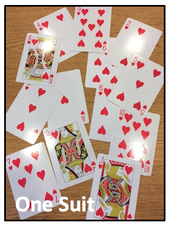
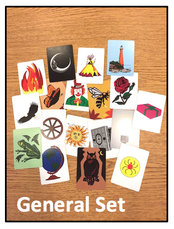
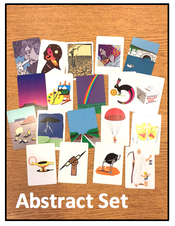
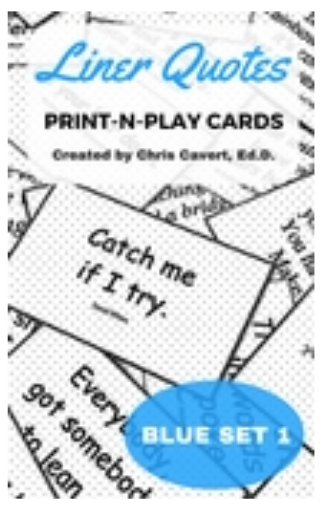
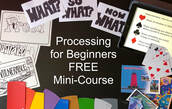



 RSS Feed
RSS Feed